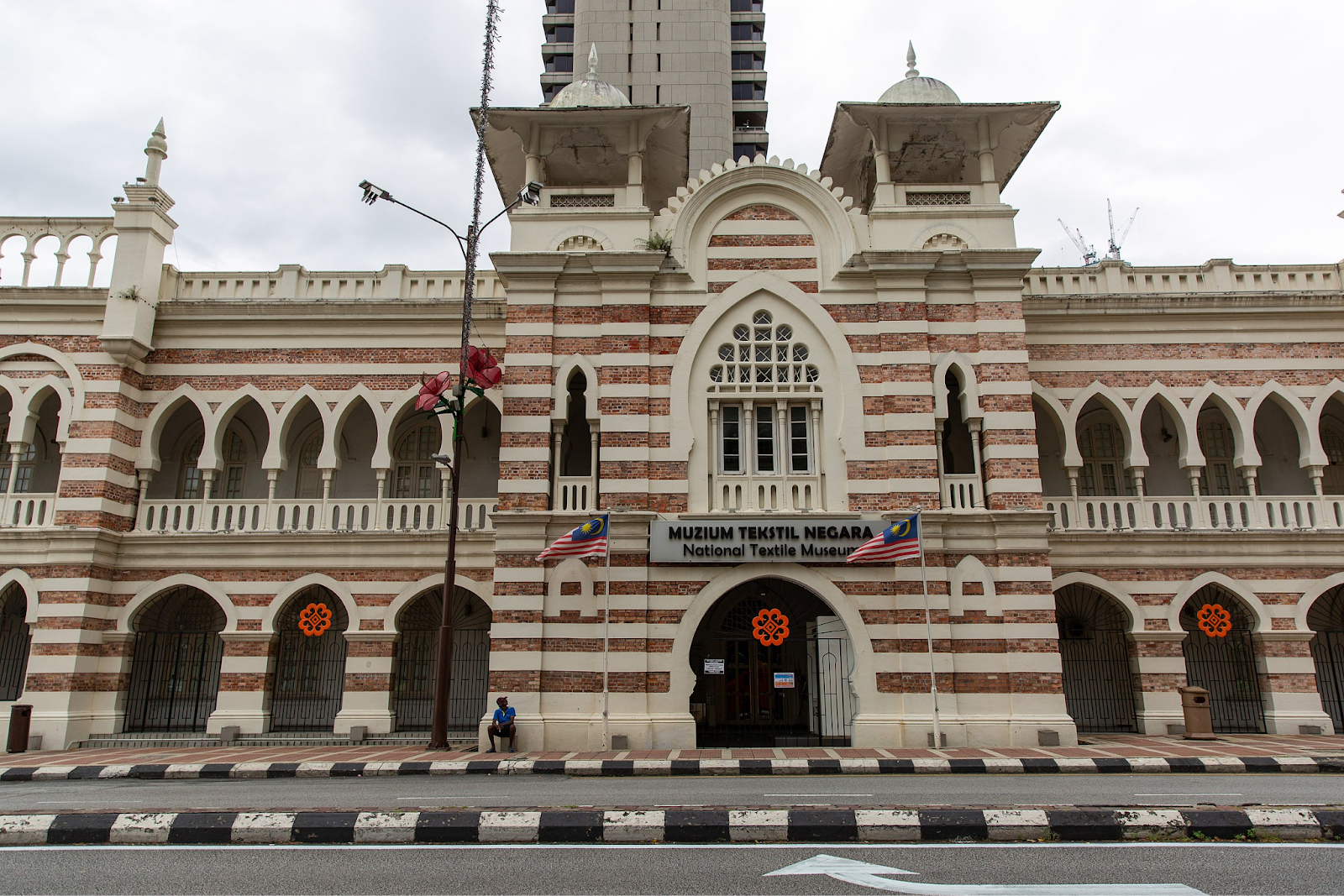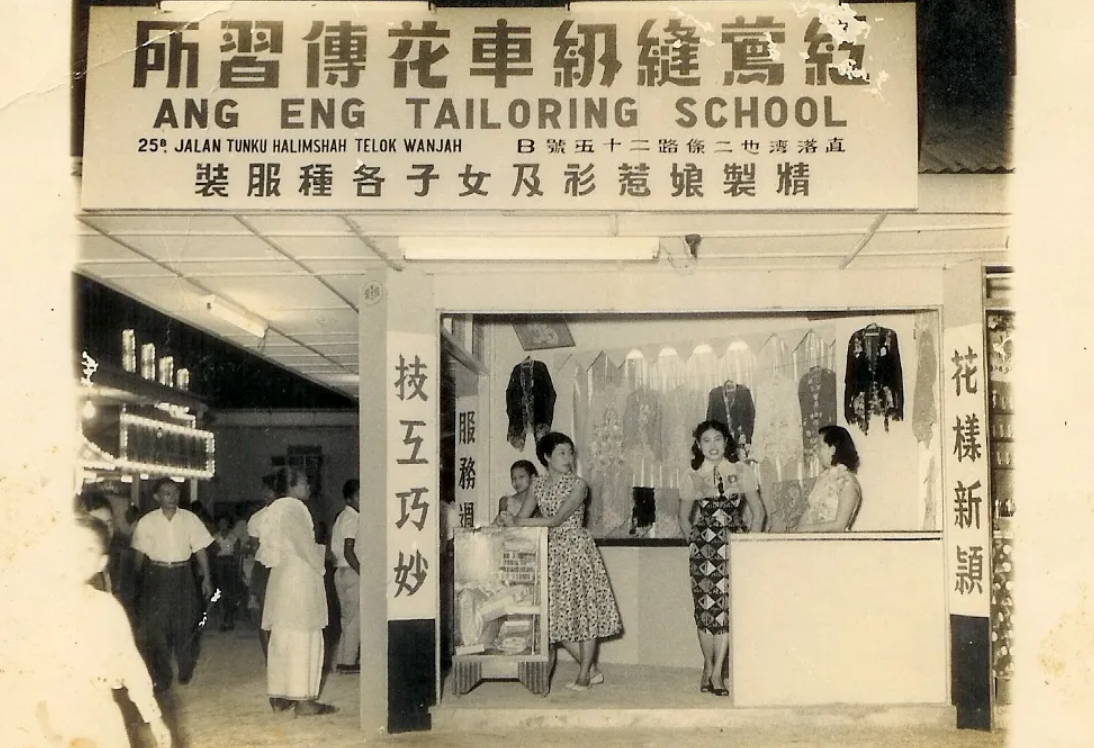03.04.2024 - 03.19.2024 / week 4 - week 5
Sheryne Axellia Putri / 0367267 / Bachelor of Design (Honours) in Creative MediaIntercultural Design Project 2
TABLE OF CONTENTS
Figure 1.1 Week 4 (03/04/2024) Module Information Booklet.
Project 2: Field Study
The students are required to collect visual, oral, textual, and tactile artifacts that would be part of their research materials for the ideation in Project 1 (proposal). All collected artifacts and materials must be
recorded, kept, and documented, accompanied by necessary information such as the type of artifact and material, its purpose, its symbolism, its cultural/historical background, and more, depending on
the kind of artifact and material.
Data Collection Methods
Some of the methods by which you can collect data:
• Observation study.
• Interview of relevant stakeholders (from the lecture series, you may approach any of the guest speakers for an interview, if you deem their presentation useful for further research).
• Online and/or actual physical material* visual research of the selected culture (the people/arts/symbols/architecture/text/calligraphy etc.)
After presenting our proposal, our next task is to collect more information/data regarding the topic we have chosen, in our case, Nyonya Kebaya.
1.1 Data Collection Methods:
Museums are dedicated to preserving and promoting cultural heritage, museums often have collections of artifacts, documents, and materials that can provide valuable insights into the significance of Nyonya Kebaya and its related practices.

Figure 1.2 Week 4 (03/04/2024) National Textiles Museum.
By engaging with local artisans and learning directly from them, they often have a deep understanding of the materials and techniques used in Nyonya Kebaya making and their historical significance.

Figure 1.3 Week 4 (03/04/2024) Ang Eng boutique.
Survey about people’s awareness regarding Nyonya Kebaya, the purpose of the survey is to the public’s views and opinions about this cultural heritage, and to identify ways to raise awareness and promote Nyonya Kebaya.
Our Survey Link: https://docs.google.com/forms/d/e/1FAIpQLSekxkz9DDlW5CDFE-BBjeu21T90ZVCEfnZFsQDa4vvmUjvkLQ/viewform?usp=sf_link
Data Collection - Field Study (doc)
Figure 1.2 Week 5 (03/19/2024) Field study (doc).
Data Collection - Field Study (PPT)
Figure 1.2 Week 5 (03/19/2024) Field study (ppt) pdf.
Note: This week, after gathering more information about Nyonya Kebaya we have discussed which preliminary ideas will fit our project to help preserve Nyonya Kebaya - The magazine cover idea is our final decision, but we decided to make a short e-magazine about Nyonya Kebaya instead and not just the cover.
Week 4 03.08.2024
Specific feedback, We asked for feedback from Ms. Maria about our project, and she said we still need to do 2 more data collections (interview and data collection through survey). What is the purpose of our preliminary idea? And what kind of visual representative do we want to absorb/extract into our final project.
My experience collecting data from the museum provided me with a deeper understanding of the cultural significance of the Nyonya Kebaya, which has been passed down for generations and continues to be an important part of the Malay tradition. I was impressed by the intricate embroidery and detail of the Nyonya Kebaya, which reflects the rich cultural heritage and craftsmanship of the Malay people. I also learned about the different variations of the Nyonya Kebaya, each of which reflects the diversity and rich cultural heritage of the Malay people. This knowledge inspired me to incorporate this rich heritage into my own designs, creating a unique aesthetic that is both traditional and contemporary.
Observations
We conducted a survey of the younger generation to better understand their perception of the Nyonya Kebaya. And spoke with local artisans to gain insight into the techniques and materials used in the construction of the traditional dress. While many were not as familiar with the Nyonya Kebaya, some were interested in learning more about the history and significance of the Nyonya Kebaya.
Findings
The varying views among the younger generation on the Nyonya Kebaya some saw it as a symbol of cultural identity and pride, while others considered it outdated for modern life. This shows in the designs they preferred, ranging from simple and understated. It was clear that our approach to the Nyonya Kebaya needed to strike a balance between tradition and modernity to appeal to the younger generation.


Comments
Post a Comment